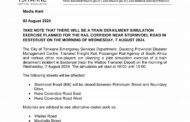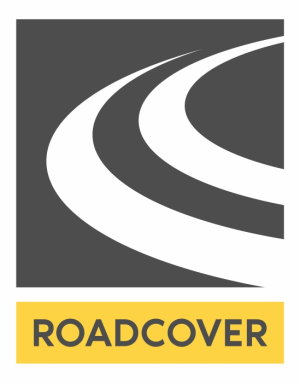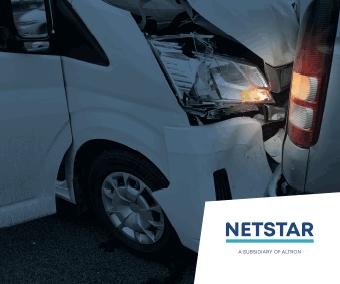“Act safely at level crossings!”
International Level Crossing Awareness Day (ILCAD) on 9 June 2011
There is no doubt that the train is the safest form of land transportation. It is when the interfaces with other forms of transport are factored into the rail system that the operational risks increase, with the interface at level crossings being one of the greatest of those third party risks and not easy for the rail sector to control without support from others.
Level crossings are an inherently easy way for people to cross the railway and are completely safe if the rules are followed by those using them. It is these users neglecting traffic rules at level crossings that not only put themselves at risk but also people travelling or working on trains. It is statistically clear that most of the accidents that occur at level crossings are caused by road users and pedestrians mainly because of their misbehaviour.
That is why it is so important to highlight this issue and bring these risks to the attention of level crossing users and make them aware of the risks they run by not taking care. This is of course not a problem that can be uniquely addressed by the rail community, it has to be handled as one of shared concern amongst several players, including the road and rail sectors, police forces, road users and those with responsibility for licensing those users as well as with pedestrians including cyclists.
It is a general misconception that level crossings are a rail problem when in fact it has always been and remains very much an interface between two modes and each has its role to play.
It would be quite easy for those companies responsible for rail infrastructure and national safety authorities to simply engineer-out the problem by closing level crossings. This is of course not a realistic solution for a number of economic reasons.
As with any risk situation it is far better to get to the root of the problem and develop a campaign of education of the users and the partners on the other side of the interface so that people are learning to appreciate the risks and respecting the traffic rules. Changing the behavioural approach will decrease the number of accidents at level crossings.
It is as a significant contribution to this educational approach that ILCAD was born. The International Level Crossing Awareness Day on 9 June 2011 focuses on educational measures and the promotion of safe behaviour at and around level crossings.
It is built around a range of national events held jointly at various locations in every participating country; focussed on a common message of “Act safely at level crossings!” In addition to regular or permanent activities held throughout the year, many special communication actions have been planned throughout the world: flyers handed out at level crossings, in schools, driving schools, to scouts. Posters will be displayed in railway stations and other central places, the video “Just in time” (funded by the European Commission) will be shown on screens in railway stations and on the internet and there will be special messages broadcast on radio and television as well as at press conferences organised with national and local press.
Finally UIC/ILCAD have been granted the use of the logo of the UN-ECE global Decade of Action for Road Safety 2011-2020 as part of many other road safety initiatives using the motto: “Together we can save millions of lives”
DID YOU KNOW?
- that according to article 18 of the UN-ECE Vienna Convention, rail has priority at the interface with road and that road users and pedestrians have to respect the road signage and stop when requested – regrettably this respect is not always present this rather too often causes accidents.
- that trains can weigh several hundred tonnes and some in excess of 1000 tonnes and that the distance for a train to be able to stop can be as much as 10 times higher that for a car.
- that apart from the obvious physical damage caused by a road vehicle crashing into a train at a level crossing, there are also psychological, social and financial consequences including, loss of a family member, post-traumatic effects on the train driver, train passengers, witnesses, victims not forgetting the system disruption and the train and road traffic delays…
You can find detailed information on good practices and educational material designed to highlight the issue of misbehaviour at and around level crossings by consulting the dedicated website www.ilcad.org
Also view:























